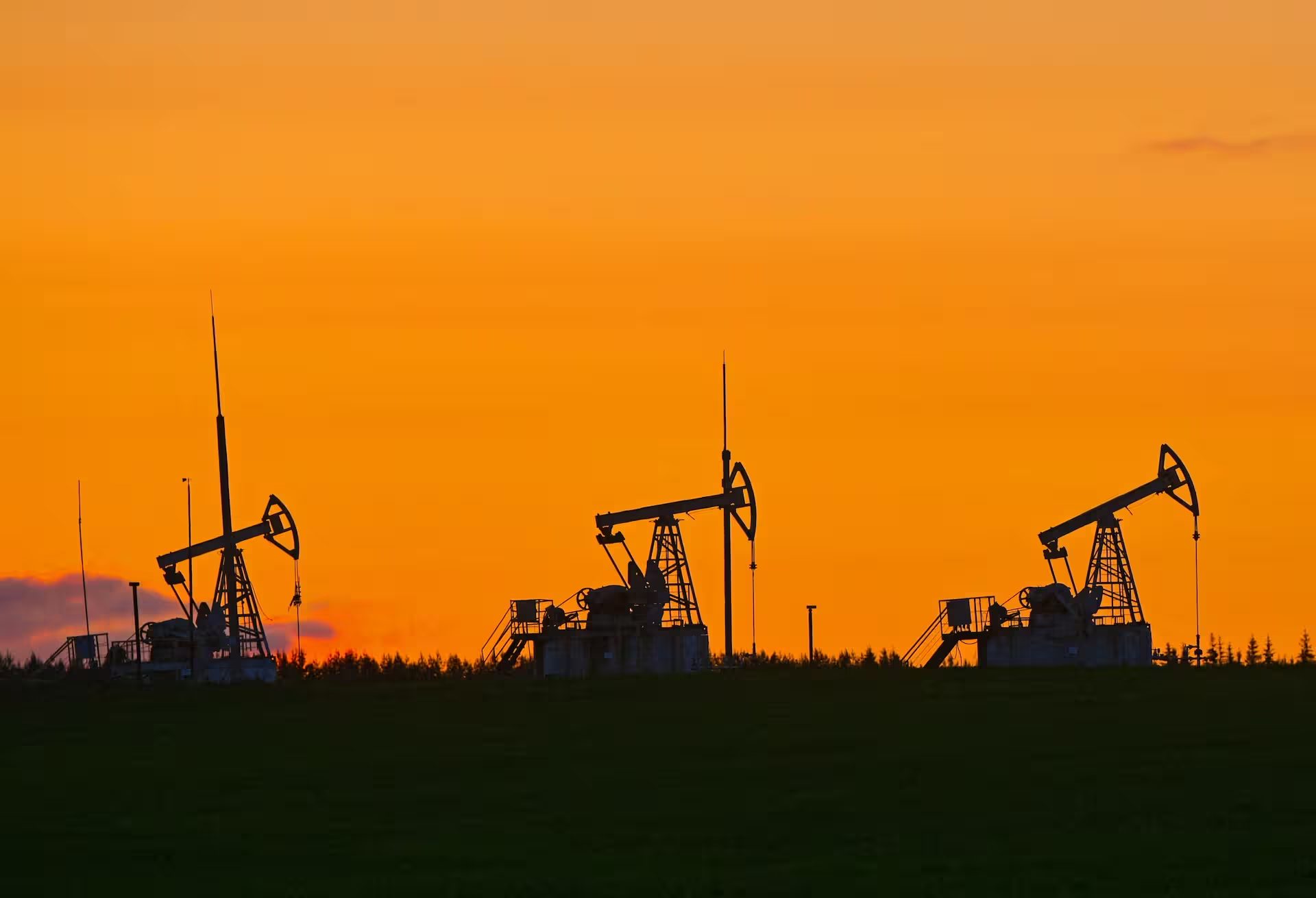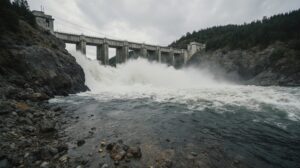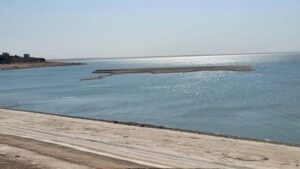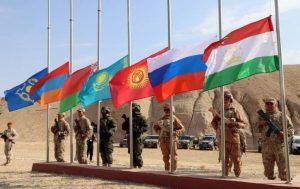Russia’s exports of liquefied petroleum gas (LPG) to Afghanistan and Central Asia have surged following the European Union’s sanctions on Russian energy supplies, according to Reuters.

The EU’s restrictions, which came into effect on December 20, were initially proposed by Poland, a major importer of Russian LPG. These sanctions are part of broader measures targeting Moscow over the war in Ukraine.
LPG, primarily composed of propane and butane, is widely used for vehicle fuel, heating, and petrochemical production.
According to industry data, Russian railway deliveries of LPG to the region, including shipments from the Kazrosgas joint venture with Kazakhstan, soared by 80% year-on-year in January-February, reaching 140,000 metric tons.
Afghanistan, the region’s largest consumer of Russian LPG, recorded a 52% increase in imports during the same period, totaling 71,000 tons. Traders anticipate further growth, as Afghanistan’s annual LPG demand is estimated at approximately 700,000 tons.
In recent years, Russia has sought to expand its transport links with Afghanistan to secure access to South Asia amid Western sanctions. As part of this strategy, Moscow is working to extend the International North-South Transport Corridor (INSTC) to Afghanistan and Pakistan, creating a trade route for exporting LPG and other commodities to key South Asian markets, including India.




